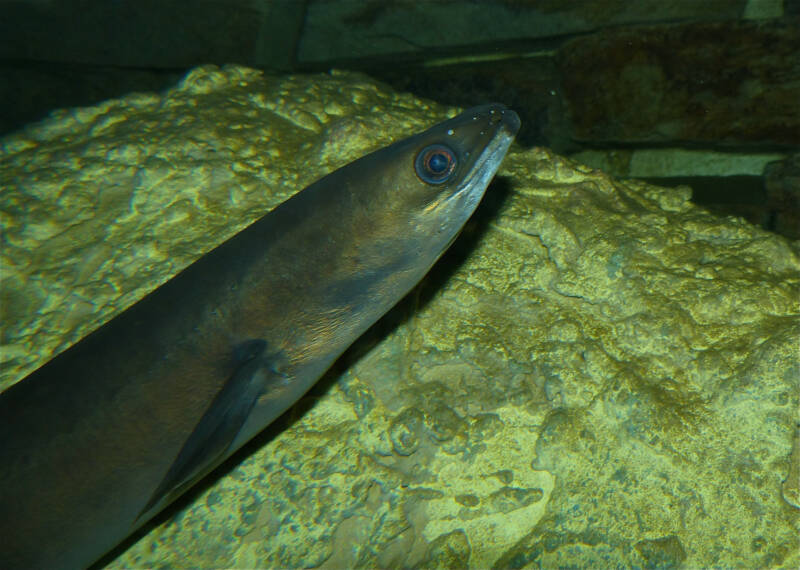The Mysteries of the European Eel: A Conservation Challenge
The animal kingdom is full of mysteries, and some have puzzled scientists for decades. One such enigma is the European eel (Anguilla anguilla). Despite being one of 19 freshwater eel species with a vast habitat range, its reproductive cycle remains poorly understood. This lack of knowledge has become increasingly urgent as the species faces critical endangerment.
The European Eel’s Decline

Listed as Critically Endangered on the IUCN Red List since 2018, the European eel has experienced significant population declines across all life stages. Conservation efforts are vital, not only for environmental reasons but also because many communities rely on eels for their livelihoods. Understanding their reproduction is key to protecting this species.
A Century of Discovery
In 1923, Johannes Schmidt made a groundbreaking discovery about the European eel’s life cycle. He found larval eels concentrated in the Atlantic Ocean, far from their freshwater habitats. However, the details of their migration and reproduction remained unclear for decades. Recent studies have shed new light on these mysteries.
The Life Stages of the European Eel
European eels spend most of their lives in freshwater rivers, progressing through distinct life stages:
- Larval Stage: After hatching, leaf-shaped larvae drift with ocean currents for 7-11 months, sometimes up to three years, before reaching freshwater habitats.
- Glass Eels: Upon entering brackish water, they transform into transparent “glass eels,” gaining pigmentation as they move upstream.
- Yellow Eels: In freshwater, they grow into “yellow eels,” with males staying in this stage for 5-12 years and females for 9-20 years.
- Silver Eels: At maturity, they become “silver eels” and embark on a 3,100-6,210-mile migration to the Sargasso Sea to spawn.
The Sargasso Sea: A Unique Breeding Ground
The Sargasso Sea, a region of the Atlantic Ocean defined by ocean currents, serves as the European eel’s breeding ground. Here, eels gather in large numbers to reproduce. Females release millions of eggs, which are fertilized externally. After spawning, it is believed that the eels die.
Threats to the European Eel
The European eel faces numerous threats, including habitat fragmentation, pollution, climate change, and illegal trade. Over one million barriers, such as weirs, obstruct their migration routes, while illegal harvesting of glass eels for export to Asia has further depleted populations.
Conservation Efforts
Several organizations are working to protect the European eel:
- Zoological Society of London (ZSL): ZSL monitors juvenile eel populations in the Thames River Basin and works to remove or modify barriers to migration.
- Sustainable Eel Group (SEG): SEG focuses on reducing illegal trade and improving migration pathways across Europe.
Recent Research Breakthroughs
A 2018-2019 study using satellite tags tracked 26 silver eels migrating to the Sargasso Sea. Six eels reached the breeding grounds, providing the first direct evidence of their migration route. This research is a crucial step toward understanding and protecting the species.
The Path Forward
Conservation efforts are showing promise, with some eel populations beginning to recover. Continued research and protective measures are essential to ensure the survival of the European eel. By addressing habitat fragmentation, illegal trade, and pollution, we can help this remarkable species thrive once again.
